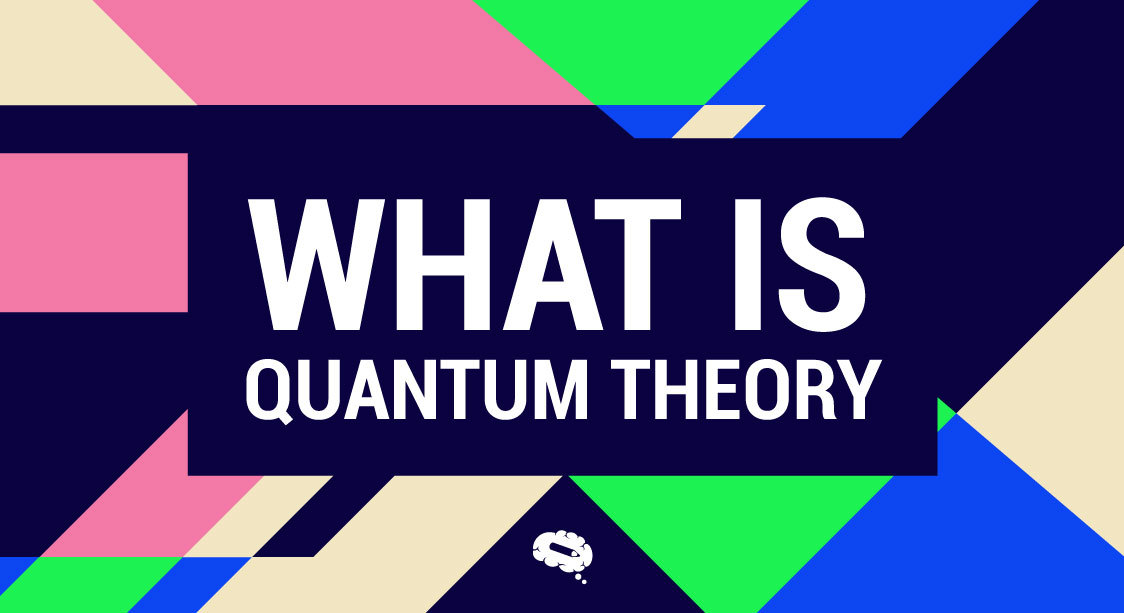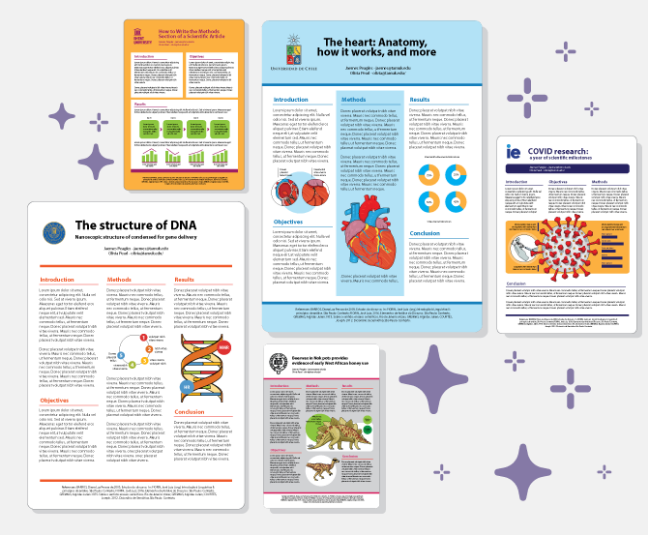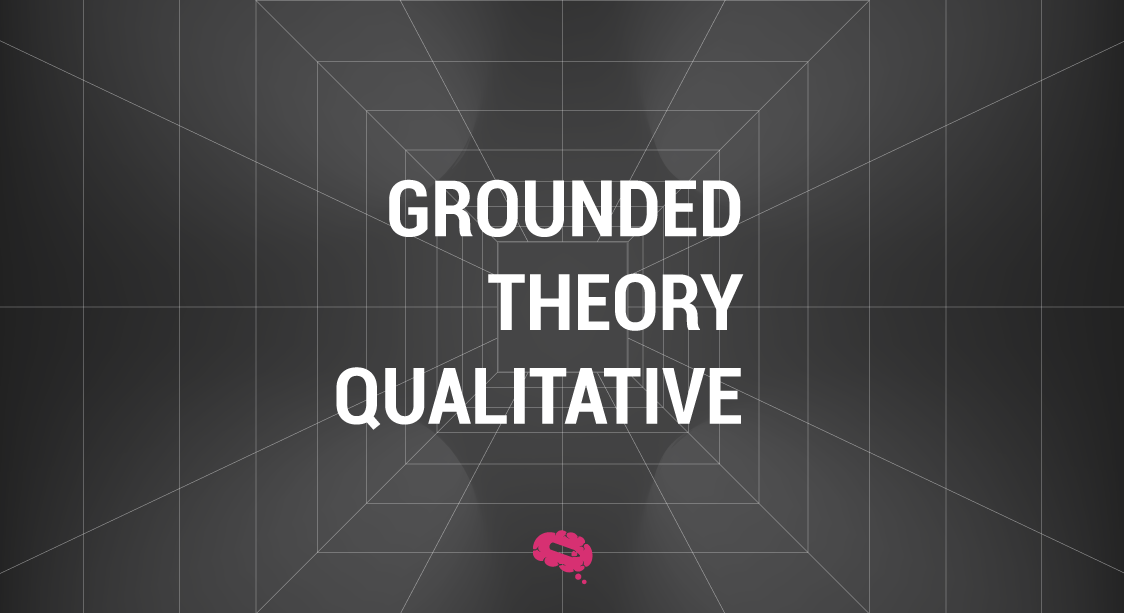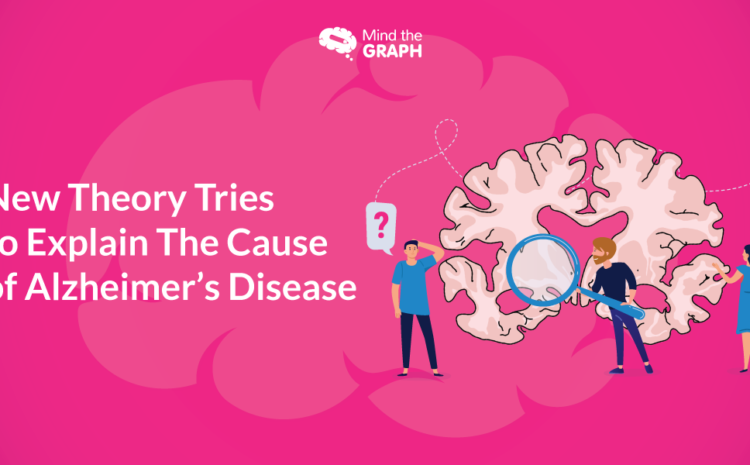“What is Quantum Theory: From Fundamentals to Applications” is an article that explores the intriguing world of quantum theory, providing a comprehensive introduction to its fundamental concepts and highlighting its diverse range of applications.
Quantum theory forms the cornerstone of physics, providing a fundamental framework to understand the intricate behavior of matter and energy at the tiniest scales. Developed in the early 20th century, it revolutionized our understanding of the fundamental nature of reality, challenging classical notions and introducing mind-bending concepts such as superposition and entanglement.
Whether you are new to the concept of quantum theory or seeking a deeper understanding of its implications, “What is Quantum Theory: From Fundamentals to Applications” provides a comprehensive overview that unravels the basics of this fascinating scientific framework. By the end of the article, readers will gain a solid foundation in quantum theory and a glimpse into its exciting potential.
What Is Quantum Theory?
Quantum theory, also known as quantum mechanics, is a fundamental framework in physics that describes the behavior of matter and energy at the microscopic scale. It provides a mathematical framework to understand and predict the properties and interactions of particles such as electrons, photons, and atoms. Quantum theory revolutionized our understanding of the physical world by introducing concepts that differ from classical physics, including wave-particle duality, superposition, and entanglement.
At its core, quantum theory proposes that particles exhibit both wave-like and particle-like properties. It describes the probabilistic nature of particles, where their properties such as position, momentum, and energy are represented by wavefunctions that determine the likelihood of different outcomes upon measurement. The uncertainty principle, a central concept in quantum theory, states that there are inherent limits to the precision with which certain pairs of complementary properties, such as position and momentum, can be simultaneously known.
Quantum theory has found wide-ranging applications in various fields, including quantum computing, quantum cryptography, materials science, and quantum optics. It has enabled technological advancements and sparked new areas of research, promising faster computation, enhanced security, and novel materials with unique properties.
History Of Quantum Mechanics
The history of quantum mechanics began with Max Planck’s introduction of the quantum hypothesis in 1900, followed by Albert Einstein’s explanation of the photoelectric effect in 1905. Niels Bohr then developed the quantum model of the atom in 1913, and Louis de Broglie proposed wave-particle duality in 1924. Werner Heisenberg formulated the uncertainty principle in 1927, and Erwin Schrödinger developed the wave equation the same year.
These breakthroughs led to the birth of quantum mechanics, with the development of matrix mechanics and wave mechanics. Quantum mechanics has since undergone further advancements and has been successfully applied to various fields. It continues to be a vibrant area of research that shapes our understanding of the quantum world and drives technological advancements.
Fundamentals Of Quantum Theory
Here are the key fundamentals of quantum theory:
Wave Function And Probability Density Function
In quantum theory, particles are described by wave functions, which are mathematical representations that provide information about the particle’s state and behavior. The wave function contains valuable information such as the position, momentum, and energy of the particle. The absolute square of the wave function gives the probability density function, which determines the likelihood of finding the particle at different positions. The wave function and probability density function enable us to understand the probabilistic nature of quantum systems.
Matrix Mechanics And The Schrodinger Equation
Matrix mechanics, developed in the 1920s, is one of the two mathematical formulations of quantum mechanics. It uses matrices to represent observables such as position, momentum, and energy. Matrix mechanics provides a framework for making predictions about the outcomes of measurements on quantum systems.
The other formulation of quantum mechanics is wave mechanics, based on Erwin Schrödinger‘s wave equation, which was also developed in the 1920s. The Schrödinger equation describes the evolution of the wave function over time. It incorporates the concept of wave-particle duality, allowing the calculation of the probability distribution of finding a particle at different positions.
Heisenberg’s Uncertainty Principle
One of the fundamental principles of quantum mechanics is Heisenberg’s uncertainty principle, formulated by Werner Heisenberg in 1927. The uncertainty principle states that certain pairs of complementary properties, such as position and momentum, cannot be simultaneously known with arbitrary precision. The act of measuring one property with greater precision inherently limits the precision with which the other property can be determined. This principle highlights the inherent limitations and probabilistic nature of quantum systems.
Superposition
Quantum theory allows for the superposition of states, which means that a quantum system can exist in multiple states simultaneously. This principle enables the concept of quantum parallelism and forms the foundation for quantum computing and quantum information processing. Superposition allows for the manipulation and simultaneous consideration of multiple possibilities.
Entanglement
Entanglement is a fundamental concept in quantum mechanics where particles become correlated in such a way that their properties are instantly connected, regardless of distance. This mysterious phenomenon defies classical notions of cause and effect, as changes made to one entangled particle immediately affect the others, even if they are far apart. Entanglement is a crucial resource for quantum information processing, enabling secure communication and serving as a foundation for quantum technologies such as quantum computing. Despite its counterintuitive nature, entanglement remains a subject of ongoing research and exploration in the field of quantum mechanics.
The Wave-Particle Duality Fundamental
Wave-particle duality is a fundamental concept in quantum mechanics that suggests that particles, such as electrons and photons, can exhibit both wave-like and particle-like properties. This concept revolutionized our understanding of the behavior of particles at the microscopic level and challenged the classical notion of particles as purely localized objects.
Louis de Broglie’s Wave Theory
In 1924, Louis de Broglie proposed his groundbreaking wave theory, suggesting that particles, just like waves, possess a wave-like nature. He postulated that particles, such as electrons, have associated wave characteristics determined by their momentum and energy. De Broglie’s wave theory introduced the concept of matter waves or de Broglie waves, which are mathematical representations of the wave-like behavior of particles.
Experiments Indicating Wave-Particle Duality
Several experiments have provided evidence for the wave-particle duality of particles, supporting de Broglie’s wave theory and further solidifying the foundations of quantum mechanics. Here are two notable experiments that indicate wave-particle duality:
- Double-Slit Experiment: The double-slit experiment, first performed by Thomas Young in 1801 and later repeated with electrons and other particles, demonstrates the wave-like behavior of particles. In this experiment, particles are directed toward a barrier with two slits, creating an interference pattern on a screen behind the barrier. The pattern observed is characteristic of waves interfering with each other, indicating that particles exhibit wave-like behavior.
- Davisson-Germer Experiment: The Davisson-Germer experiment, conducted by Clinton Davisson and Lester Germer in 1927, involved firing electrons at a crystal surface. The scattered electrons produced an interference pattern, similar to the double-slit experiment, indicating that electrons behave as waves. This experiment provided direct evidence for the wave-like nature of particles and supported de Broglie’s wave theory.
These experiments, along with other similar studies involving various particles, confirmed the wave-particle duality of matter. The concept of wave-particle duality is now a fundamental principle in quantum mechanics, shaping our understanding of the quantum world and serving as a cornerstone for further advancements in the field.
Applications Of Quantum Theory
Quantum theory, with its unique principles and mathematical framework, has paved the way for numerous applications across various scientific fields. Here are some notable applications:
Single Electron And Kinetic Energy
Understanding the behavior of individual electrons in materials and devices is significantly enhanced through the application of quantum theory. It helps explain phenomena such as electron tunneling, where electrons can penetrate energy barriers based on their wave-like nature. Additionally, quantum theory is essential in determining the kinetic energy of particles, as it considers their wave-particle duality and probabilistic behavior.
Quantum Chemistry And The Rules Of Quantum Mechanics
Quantum theory provides the foundation for quantum chemistry, which explores the behavior of atoms and molecules. It allows scientists to understand the electronic structure of atoms, molecular bonding, and chemical reactions at a fundamental level. Quantum mechanics-based calculations and simulations guide drug discovery, materials design, and understanding of complex chemical processes.
Quantum Objects And The Conservation of Energy
In quantum theory, the conservation of energy holds great significance. The quantization of energy levels in quantum systems ensures that energy is preserved and exchanged in discrete units. This property enables the development of devices like lasers, where energy transitions between quantized states emit coherent light.
Quantum Computing
Quantum computing exploits the principles of quantum theory to perform computations beyond the capabilities of classical computers. Quantum bits, or qubits, harness superposition and entanglement to enable parallel processing and exponential computational power. Quantum computing holds the potential to revolutionize fields such as cryptography, optimization, and simulations of complex systems.
Unleash The Power Of Infographics With Mind The Graph
Revolutionize your scientific communication with Mind the Graph! This user-friendly platform unleashes the power of infographics to help scientists create visually captivating graphics effortlessly. Join the Mind the Graph community and unlock the true potential of infographics to amplify the reach and impact of your scientific work. Sign up for free!

Subscribe to our newsletter
Exclusive high quality content about effective visual
communication in science.





